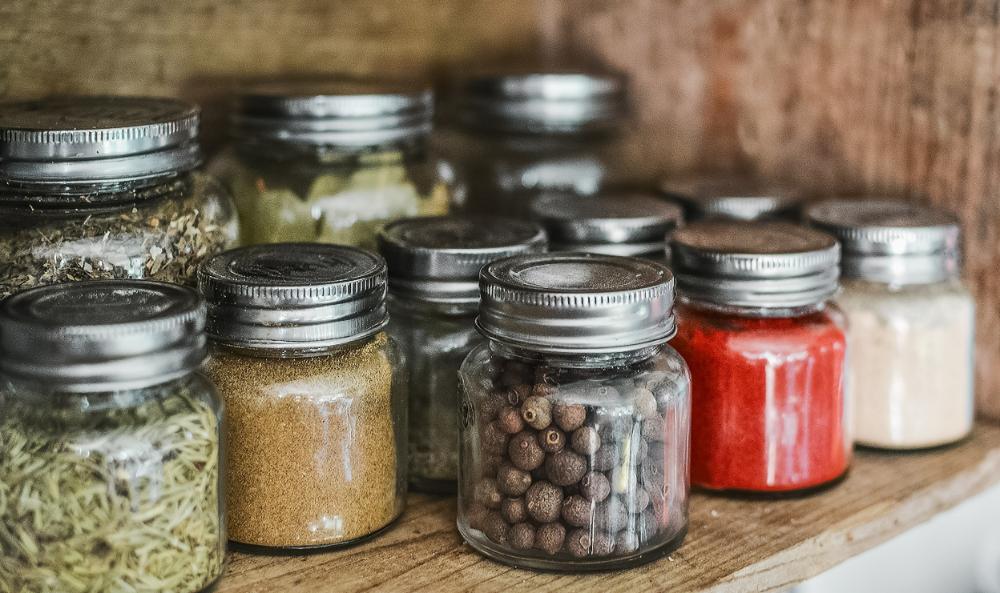When visiting groceries and markets, you come across a variety of food packaging types. Some foods come in tightly sealed plastic. Others are packed in bags while others are wrapped in foils. You’ll also see some boxed packaged goods. Each food packaging type has its set of pros and cons in terms of disposal, recycling, health and convenience.
Bottled and jarred packaged goods are known for their convenience, which is a huge factor in packaging. These items have been sealed in glass or plastic cans, bottles and jars to preserve their freshness. The most common types of bottled and jarred packaged goods are beverages like water, soda, milk and juice. Foods that are packed in bottles and jars include condiments, meats, fruits and vegetables.
What Are the Types of Material Used for Bottled and Jarred Packaged Goods?
There are different packaging types for these types of goods. The most popular include the following:
Plastic and Glass Bottles
Plastic bottles are the most popular type of packaging used for jarred and bottled packaged goods. Most people prefer plastic because it’s affordable, flexible, durable and convenient. These bottles are often used to store beverages and food. Despite being a convenient option, plastic is infamous for causing environmental pollution. Since they aren’t renewable, they are unsuitable for recycling, which means they take up the most space in our garbage sites.
Businesses that wish to continue using bottles then switch to glass options. Glass is friendlier to the environment and versatile packaging material. It can be fashioned into different sizes and shapes. However, if not handled well, they can easily break.
Glass Canisters
Another great glass option is glass canisters since they are recyclable, renewable and durable. They often come in a square shape, but they are also available in different thicknesses, sizes and shapes. They all come with airtight lids.
The lid prevents bacterial growth. On top of that, it keeps toxic chemicals from being released when you microwave or freeze food and beverages in glass canisters. Glass jars and canisters keep your food in an enclosed environment, which prevents contamination and spoilage.
Cardboard Packaging
Cardboard bottled and jarred packaged goods aren’t just more affordable than glass packaging, they are also sustainable. They are also a great alternative to aluminum, plastic and tinplate. Cardboard packaging also has low production costs, which is a plus for budget-conscious companies.
If you are using cardboard, consider material sustainability and the limitations involved.
Metal Containers
Businesses in the food industry use metal containers to store a variety of food items. These types of containers are usually made of tin-plated steel, which is resistant to corrosion. They also don’t easily react to acidic foods.
Another pro of using metal containers is they are dependable and durable.
Wooden Packaging
Many brands use wood for their packaging since it is good for their products and their environment. Wooden packaging is made from parts of trees. These types of packaging are often rich in texture and appearance. They are also recyclable, biodegradable and renewable. However, they aren’t as durable as plastic or metal.
What are the Pros and Cons of Bottled and Jarred Packaged Goods?

Like bagged packaged goods and items kept in boxes, bottled and jarred packaged goods have their set of advantages and disadvantages.
What are the Pros?
- Hygienic. Cleanliness is a priority in packaging. Bottles and jars score high marks in this area, especially glass canisters. They don’t oxidize, affect the contents or emit harmful radiations. You can thermally pack food products in glass jars to avoid spoilage.
- Duration. The shelf-life of products is influenced by different factors like packaging type, temperature and moisture levels. With the right type of packaging (whether it’s small glass jars or wooden boxes), you can prolong the shelf-life of your food products.
- Long-term storage. Bottles and jars are scalable and affordable solutions. You can use these cost-effective packaging materials to properly store the rest of your goods without worrying about the duration.
- Transparency. Most bottled and jarred packaged goods are transparent. You can easily see what is inside or recognize the product without opening it. This makes shopping quick and easy since customers know what they are buying.
- Convenient. Items in bottles and jars are easy to use and can be kept anywhere. For example, you can take a jar of pickles anywhere without worrying about spillage. Also, jar-packed foods are often ready-made meals that anyone can prepare. Instead of cooking, all you have to do is pour the ingredients and heat them.
- Eco-friendly. If you want to be more friendly to the environment, good glass packaging should do the trick. Bottled and jarred packaged goods are 100 percent recyclable, which means they do no harm to Mother Nature. This is why many businesses use huge glass jars for their good items.
What are the Cons?
- Fragile packaging. While bottles and jars are convenient and good to look at, they are fragile. If you are using glass packaging, they can easily break.
- Expensive. Since glass is a fragile packaging material, it can be more expensive compared to other packaging materials
Many Customers Prefer Bottled and Jarred Goods
Why do most customers prefer products that come in jars and bottles?
- Proper storage of food. When it comes to shopping for food items, most customers prefer packaged products. They believe that properly packaged food items are more sanitary compared to unpacked ones. Packaged food is also safer for consumption since they are safe from germs and bacteria.
- Easy to carry. When compared to unpacked goods, bottled and jarred goods are easier to handle and transport. They are also easier to store. No need to transfer the food to another container at home.
- Labeling and description. Packaged goods come with a detailed description of the item. The label lists down the ingredients, costs, date of production and expiry date.
With the food industry’s ever-changing trends, it’s important to stand out with your products. Packaging can help you do that. By offering unique yet durable packaging, you give customers more reasons to choose your products. You can’t go wrong with choosing jars and bottles for your products, especially if you’re selling food and beverage.



